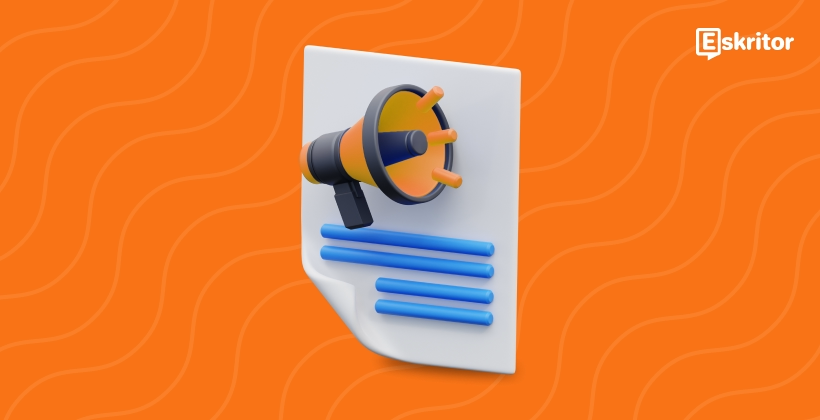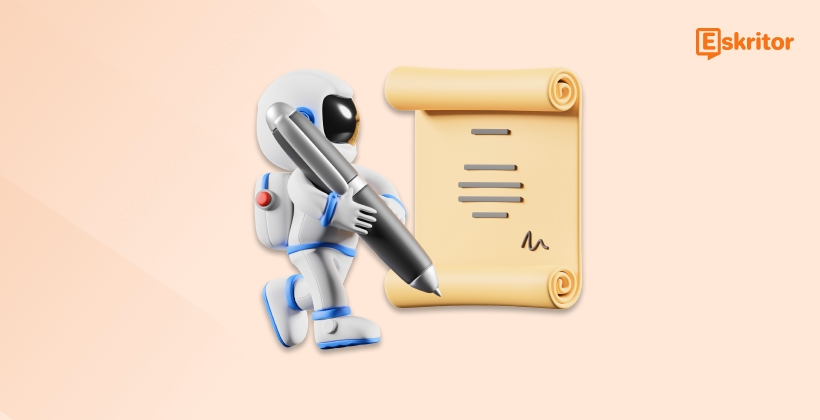The Future of AI Writing Technology Explained
The Future of AI Writing Technology Explained
Blog Article
Why AI Editing is Revolutionizing Proofreading
As synthetic intelligence (AI) evolves, it continues to revolutionize how exactly we method contemporary editing practices. From grammar modification resources to advanced material era tools, ai grammar checker is reshaping just how writers, publishers, and makers refine their work. This blog explores the role AI represents in modern editing and the affect it's across industries.

AI-Powered Resources Leading the Demand
AI-powered tools are becoming an essential part of editing workflows. Pc software fueled by normal language handling (NLP) and unit learning may do projects like grammar checks, stylistic suggestions, and word restructuring with unbelievable rate and accuracy.
For example, AI-based syntax checkers can recognize problems that the human eye may neglect, such as for example subject-verb deal dilemmas or misplaced modifiers. Similarly, style changes developed by AI ensure that tone and movement arrange with the supposed audience, which is invaluable for skilled editors.
These instruments are not just limited by old-fashioned grammar corrections. They are capable of improving readability, transforming passive style to productive voice, and also paraphrasing entire paragraphs without adjusting the meaning.
Efficiency Meets Time Savings
Reports reveal that the utilization of AI resources can lower modifying time by around 30%. As opposed to poring around every word personally, editors may focus their attempts on innovative and strategic elements of content. This change enables specialists to control larger volumes of text in shorter times, which will be specially valuable for industries like publishing and digital marketing.
Additionally, predictive AI functions can highlight repeating mistakes, supporting authors boost their skills over time. For companies, this translates to fewer methods used on revisions and more polished results right from the start.
Increasing Supply and Globalization
AI's position in modern editing stretches beyond efficiency. Advanced translation and localization resources let creators to conform material seamlessly for international readers, wearing down language barriers with precision. That technology guarantees that the same concept can resonate with countries world wide while keeping its authenticity.
AI also improves inclusivity standards by improving accessibility in content. As an example, calculations may recognize possibly non-inclusive language and suggest alternatives. This capacity allows publishers to refine publishing so it resonates with diverse audiences.

Striking a Balance Between AI and Individual Creativity
While AI excels in pace and reliability, it doesn't replace individual editors. Machines usually absence the capacity to understand nuance, sentiment, or social context fully. The best process includes AI's efficiency with human imagination and information, causing truly extraordinary work.
By leveraging these systems in modern editing methods, makers and editors alike may generate high-quality content that aligns with the fast-paced needs of today's digital world. AI could be the potential of modifying, but the human touch can be essential for storytelling and connection. Report this page